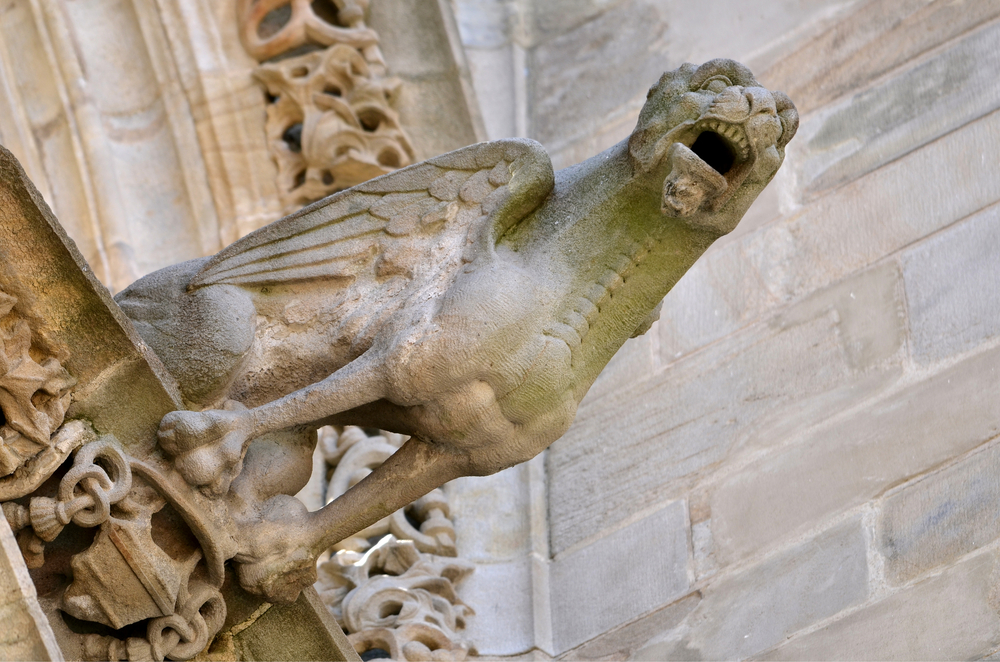City Gates & the Hue and Cry Trapped! It wasn’t easy for a criminal to escape from a walled city. In my last blog post, we looked at how the hue and cry – the victim’s cry for help – brought townsfolk out onto the streets to start chasing the...
City Walls and Streets Cobblestone streets, narrow alleys, and looming city walls. Those features of medieval city planning we consider quaint today influenced criminal investigations – and the perpetrator’s ability to escape – right up to...




Recent Comments